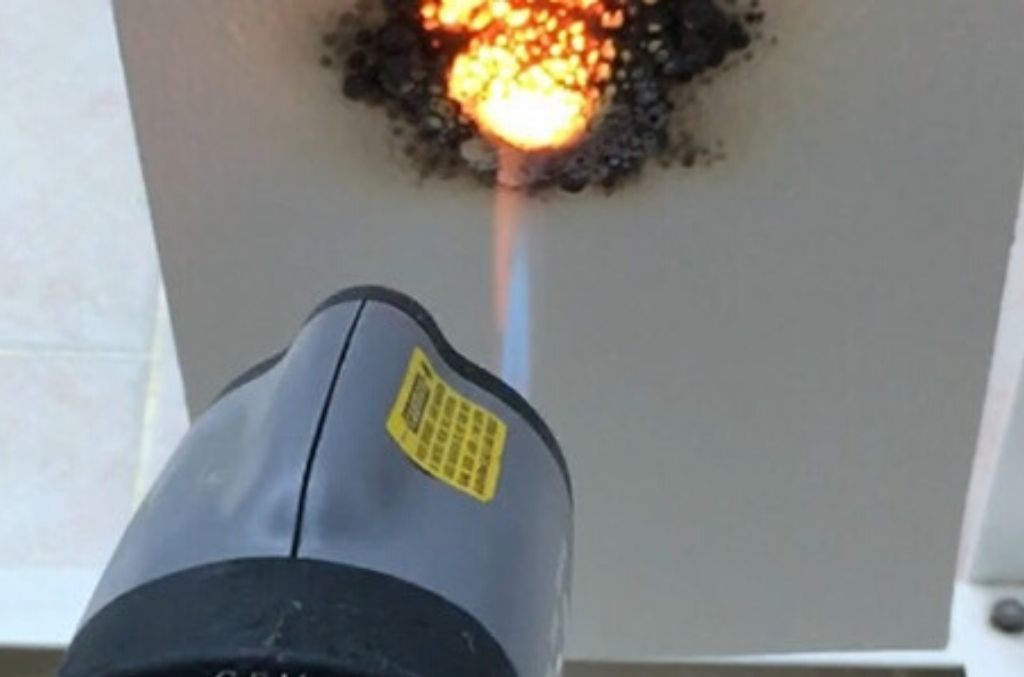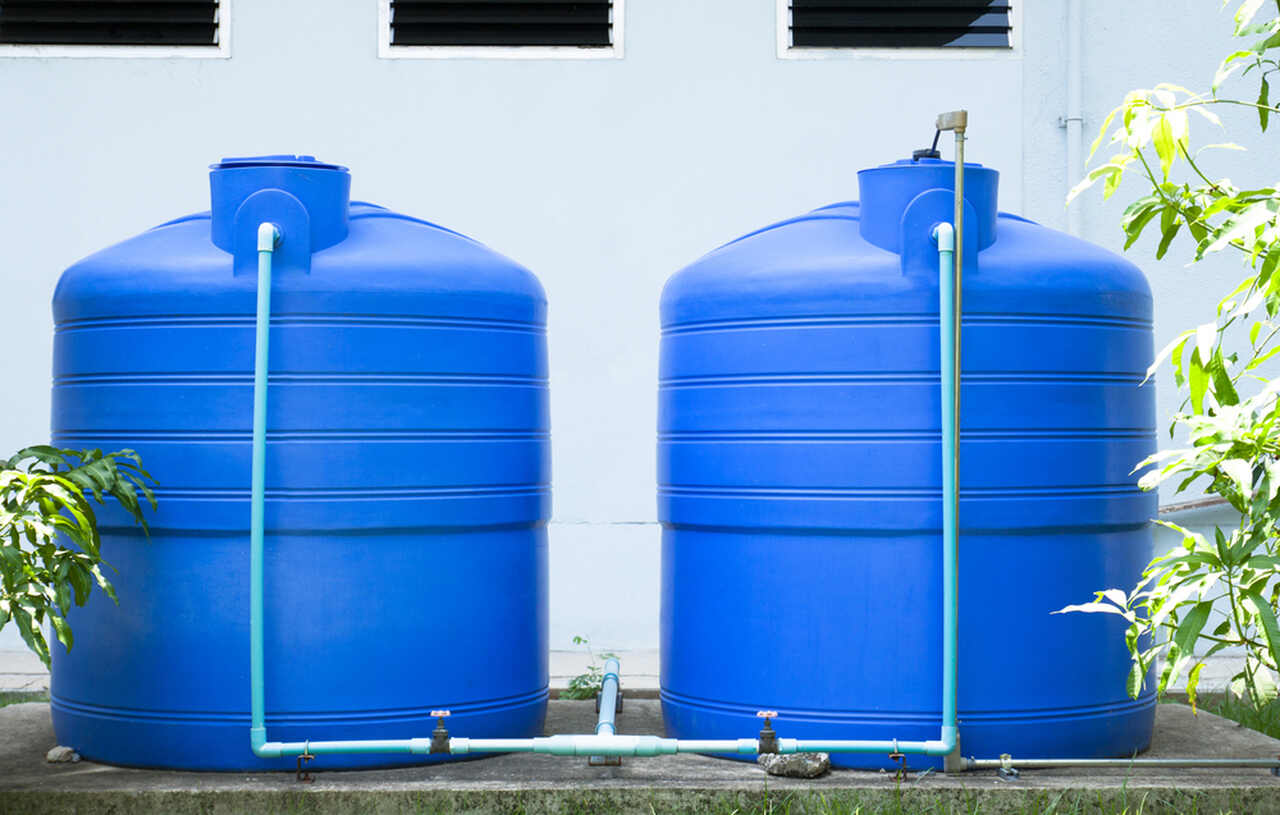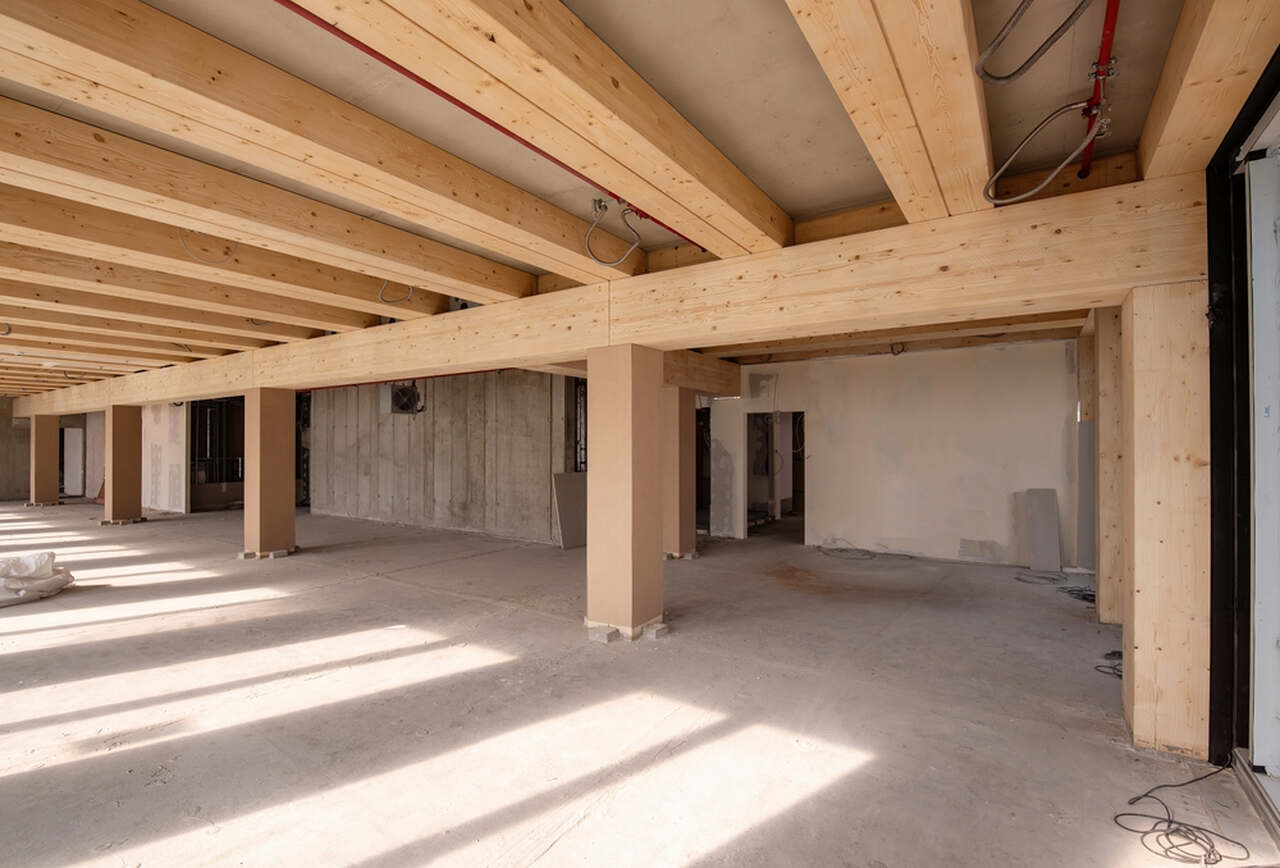
Fireproof materials for indoor and outdoor wall applications that do not fire at high temperatures and protect the surface against the possibility of fire is called heat resistant paint or fireproof paint. These paint materials undertake to protect the surfaces like a shield during a fire.
An innovative and highly functional product, fire-resistant paints are becoming more and more popular. Therefore, the number of people who want to know about these special paints is increasing day by day. You can learn the details of these special paints by checking this content, which is compiled by Baumerk, one of the leading firms in the building materials industry. We also recommend you take a look at our content, which is titled What are The Waterproofing Materials?: All Types, Uses, and Features
What is Fireproof Paint?
Fireproof material for indoor and outdoor wall applications is a paint that does not ignite at high temperatures and acts as a fire shield on the surface where it is applied. Fire-resistant paints protect the surface against the fire by swelling, thanks to its particular chemical content that reacts with heat. How does fire resistant paint work?
In the event of a fire, they act as thermal barriers between the fire and the surface. In case you are asking yourself “how long does fire retardant paint last?” they delay the burning of the applied surface up to 3 hours. Fireproof paints that can be used in interior and exterior walls of buildings; they can protect concrete, wood, and steel carrier surfaces against fire.
Baumerk's heat resistant paint product called ANTI-FIRE WB swells during the fire and creates a layer that will delay the heating time of the applied surface. The ANTI-FIRE WB product, which stands out with this aspect, can delay the effect of flames for 3 hours.
What are the Advantages of Using Fire Resistant Paint?
Ambient temperature can increase to 1000 °C in case of fire, which is a hazardous disaster. Ordinary paints can not withstand such high temperatures and can not delay the burning of the surface on which they are applied. Since the fire will spread to larger areas in a short time, more destructive effects can not be prevented.
On the other hand, it has been observed that the ANTI-FIRE WB paint product of Baumerk, which was exposed to a high temperature for 3 hours, delayed burning. This indicates that fireproof paints can successfully protect the applied surface.
In addition, when the surface back temperature was measured, it was determined that the paint named ANTI-FIRE WB absorbed the heat and lowered the temperature to 200 °C. As these tests performed in the laboratory approved by accredited institutions show, heat resistant paints can provide serious advantages during the fire.
Another advantage of heat-resistant paints that adapt to the applied surface is that they do not crack, spill, and swell. Since it has a water-based structure, it can be used safely on both the interior and exterior of the buildings.
Where are The Heat Resistant Paint Usage Areas?
The non-flammable paints, the primary purpose of which is to delay the transition of the fire from the applied surface to other surfaces, can be easily used on the walls inside and outside the buildings. Similarly, heat-resistant paints that can be applied to wooden and steel surfaces can also have the same delay effect at high temperatures.
Due to all these features, intumescent paints are ideal for use, especially in places where there is a high risk of fire such as hospitals, schools, factories, airports. In the case of fire, you can safely use the ANTI-FIRE WB product of Baumerk on any surface to prevent or delay the spread of flames to large areas.
Can You Make Wood Fireproof?
Wondering how to make wood fire resistant? Fire always poses a threat to wooden structures since wood is both a building material and a fuel source. It is not possible to make wood 100% fire-resistant, but the right fire resistant paint can retard the flames. While it will not make the wood completely fireproof, it can provide enough time to put out the fire before it spreads.
You can also review our content, which is titled Why Structural Waterproofing Is Essential?




